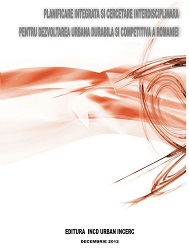
We kindly inform you that, as long as the subject affiliation of our 300.000+ articles is in progress, you might get unsufficient or no results on your third level or second level search. In this case, please broaden your search criteria.



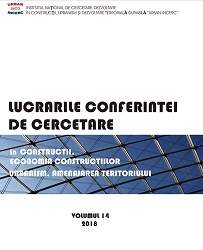
Inside the New Europe, proposed to reorganize based on cosmic principles instead of some arbitrary decisions, it’s possible to create five administrative-territorial unities, with grouping of the existent national states, -enclaves and –exclaves, of which functioning follows a damped harmonic oscillator model, taking part in the forming Eurasian Continental Unity. The Carpathian Chain being the terrestrial projection of the Constellation Draco/Dragon, with the included Ecliptic Centre represented by the Rosia Poieni Peak in the West-Carpathians, results of course the forming around it the Central-East European Territory, bordered by the Baltic Sea to the North, the Mediterranean Sea to the South, the Black Sea and the rivers Nistru-Bug to the East, and by the limits of the Central-West European Territory (former German-Roman Empire) to the West, with which together are forming the New Central Europe, surrounded by the West-, North- and East-European Territories, each of them with Northern- and Southern parts. Thus, the Central-East European Territory, called DRAKYA according to the Constellation, is separated by the river Danube-Drava in North-Drakya=DAKYA and South-Drakya=TRAKYA. DAKYA is relatively simple to realize, extending the V4 Association of Czech-land, Poland, Slovakia and Hungary with ROMANIA and MOLDOVA, respectively including the intercalated small teritories, but TRAKYA is more difficult to border inside the Mediterranean Sea. The coordinating centre of DAKYA results of course by cosmic criteria, through realizing of the new spatial town ROSIA POIENI, with residential and agreement zones on the surface, and with production and communal services in the depth, including a transatomic work too. A similar coordinating centre is possible to realize in TRAKYA at the Olympos Mountain, which is the projection of the Thuban, first star of the Constellation. In this conception, the functioning of the whole system is proposed with a periodicity of 5 years, started in 2020 with DRAKYA and TRAKYA, and from 2030 following with our western neighbours, and in order the West-, North- and East-European territorial ones, so in the next 100 years will be functioning the complete system with its mechanism based on equality, equilibrium and harmony, making certain the long-term evolution, after 2120 in cicles of 30 years. This transition from the „bulk” or atomized Europe to the proposed new structure, coincides with a transition process to a higher level of our consciousness, through a cosmic thought in general, inclusive in our renewed architectural and urbanistic thinking. In Europe’s restructuring based on cosmic principles, after their outside positions, ROMANIA and MOLDOVA will have a central position and coordinating role, with the possibility to catch up – or exceed – the more advanced European countries, restructuring their slender infrastructure and settlement network, as a result of their better situation in the domain of resources. In the realizing process of this grandious programme, a prime role will have the institution INCD-URBAN-INCERC, with its complex profile, able to coordinate on long term
More...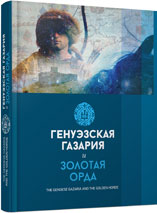
The author publishes some new recently obtained and analyzed data related to historical topography of a Golden Horde city of Ukek. He specifically examines history of field research on the Uvek Hillfort, which dates back to 90s of 19 th c. His special focus in examining natural and geographic factors is on peculiar local topography affected by some landslides, as well as on a high hill with a flat top (the Uvek Mount), which gave the name to the city — Ukek, from a Mongolian word meaning ‘plateau’. Changes in landscape caused by either natural or anthropogenic factors are also assessed. New data on fortifications and hydraulic structures of the hillfort, a rich estate, a hammam, kilns and a mausoleum are also published and discussed in the article.
More...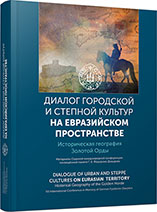
The author discusses features of the Middle Volga region historical development in the second half of the 14th to first half of 15th c., in the Golden Horde decline period. The specificity of the three climatic zones of the Middle Volga region, which determined the economic structure and the originality of the population’s material culture, is taken into account. Following the economic boom and the growing number of urban and rural settlements in the first half of the 14th century, a decline and urban life degradation are traced later, as well as the population migration to the north due to military conflicts and climatic changes. On the other hand, new settlements, cities included, emerged in the Middle Volga in the late 14th to first half of the 15th century as a result of the influx of the Golden Horde servicemen, the Volga Finns and the Russians. In the first half of the 15th century, independent Tatar fiefdoms, or beilyaks are established here, and simultaneously prerequisites for the emergence of independent states — Kasimov and Kazan Khanates — are formed.
More...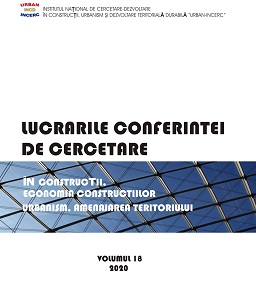
The fundamental goal in approaching multimodality in transport is to integrate all modes of transport in an optimal, sustainable and ethical system. The implementation of intermodal services in the field of tourism will contribute to the increase of travel options, as well as to the provision of comfortable services, while increasing the efficiency of the transport system as a whole. The objective of the research is to identify and evaluate efficient IT solutions for calculating travel times in the integrated combined transport system of national road and rail infrastructure and the forecast demand in the field of public transport of people to tourist destinations. The proposed methodologies for defining IT solutions are based on the use of Geographic Information Systems, both in vector format corroborated with data on general transit specifications (GTFS) and in raster format by creating a continuous cost surface model, using all transport nodes.
More...
The aim of the research is to identify how the participation of local communities influences the planning process of green infrastructure both at urban and regional level. For that, the existing connections between concepts such as participation, civil society, participatory planning/co-participation - on one side - and the urban planning process / the planning of urban green space and green infrastructures - on the other side - were researched. The actors of participatory urban planning were identified, especially the groups of local actors, involved in green infrastructure planning, as well as the new type of citizen participation through forms of collective action and protests aimed at city development and its local environmental issues. The types of approaches and barriers that occur in participatory planning, and how the community can get involved in the design and planning of ecological networks were presented. The channels through which the inhabitants of the city can get involved in urban design in general and in the case of urban green infrastructure, in particular, with the help of new technologies and online applications, such as VGI, were also researched. One of the conclusions is that participatory planning can improve the quality of urban planning through different approaches. However, regarding the involvement of the community and various social groups in the planning of green infrastructure, the results show, surprisingly, that it is recommended that designers consider the participation of certain stakeholders and a strategy for their participation. Another conclusion is that the involvement of citizens in the planning of urban projects is facilitated by new technologies and online applications and that data from social media give citizens the opportunity to get more involved to protect the environment in which they live and therefore these data can thus be used in a transparent and democratic participatory process.
More...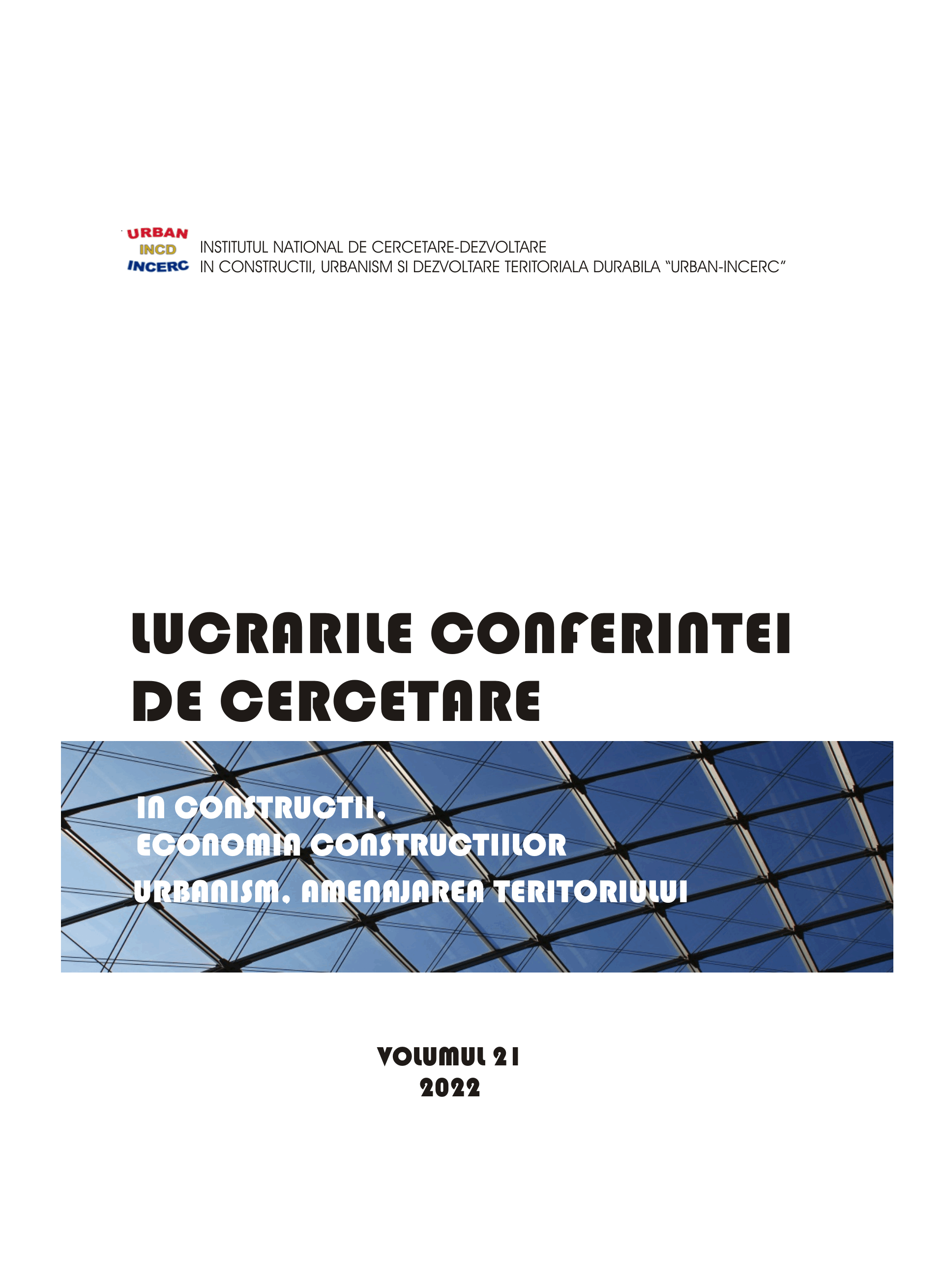
Development regulations are organizational tools and basis for shaping the character of current cities and the form of its development. The efficiency of these regulations, their inclusiveness and flexibility, in addition to their ability to adapt to the needs of the present and future, directly affects the shape and quality of the built environment. The paper discusses conventional development regulations used today, from a critical point of view, and presents form-based codes as an alternative to the former, conducting a comparative study between both types of regulations. Finally, the research recommends taking advantage of form-based codes in creating meaningful places and not just buildings.
More...
Based on the proGIreg case study, the potential use of neighbourhood-based nature-based solutions for urban regeneration is presented. The classification of the specific solutions of the project (compared to other classifications) will be presented, together with the critical conclusions on why NBS are relevant for the emerging new concept/approach of Biophilic Urbanism. One of the results of the applied research project is the Replication Toolkit - which aims to facilitate the implementation of Nature-based solutions for other cities. The Replication Toolkit contains a set of recommendations for the strategic component of urban regeneration of post-industrial neighbour-hoods, but also for the operational component of concrete implementation of solutions.
More...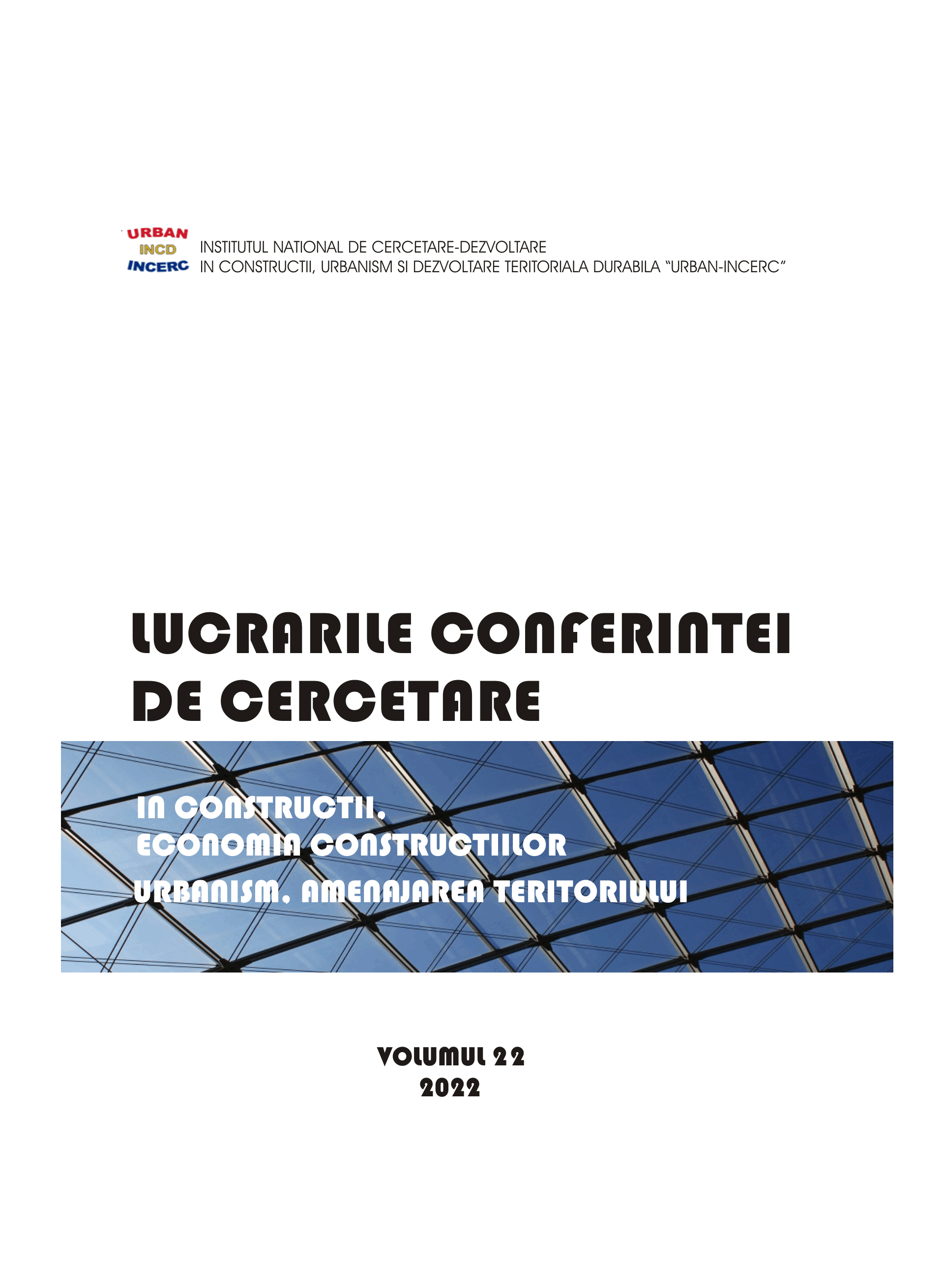
The research provides an overview of the stages taken for the development process in a hierarchical manner, in the city of Lattakia, Syria. It mentions the stage number, name, tasks, the party responsible, and tools. Research will also review the laws and regulations related to planning, organization and development in Syria in general and the city of Lattakia in particular, following the descriptive approach. Then the research will evaluate the efficiency of the development mechanism and the laws and regulations, using the descriptive analytical approach, then will come up with several recommendations, which will raise the efficiency of the development mechanism, also laws and regulations in the urban field.
More...
The integration of nature in urban cities is part of ancient planning. Its role was limited to relaxation, leisure and health, but this concept has evolved rapidly in recent years with the emergence of ecosystem services in the light of a green infrastructure approach. Researchers have become increasingly interested in this concept recently with the aim of improving the quality of life of inhabitants in particular by identifying ecosystems that provide economic, social, and environmental services in order to ensure the sustainability of the city. Our research goal is to know these services in order to meet the challenges of sustainable urban development.
More...
Příspěvek si klade za cíl pokusit se o konstrukci teoretických základů vinařského cestovního ruchu v kontextu venkovského cestovního ruchu v prostředí teorie a praxe českého cestovního ruchu a na základě analytické komparace moravských vinařských podoblastí Znojemska a Slovácka deklarovat základy jejich konkurenčních výhod.
More...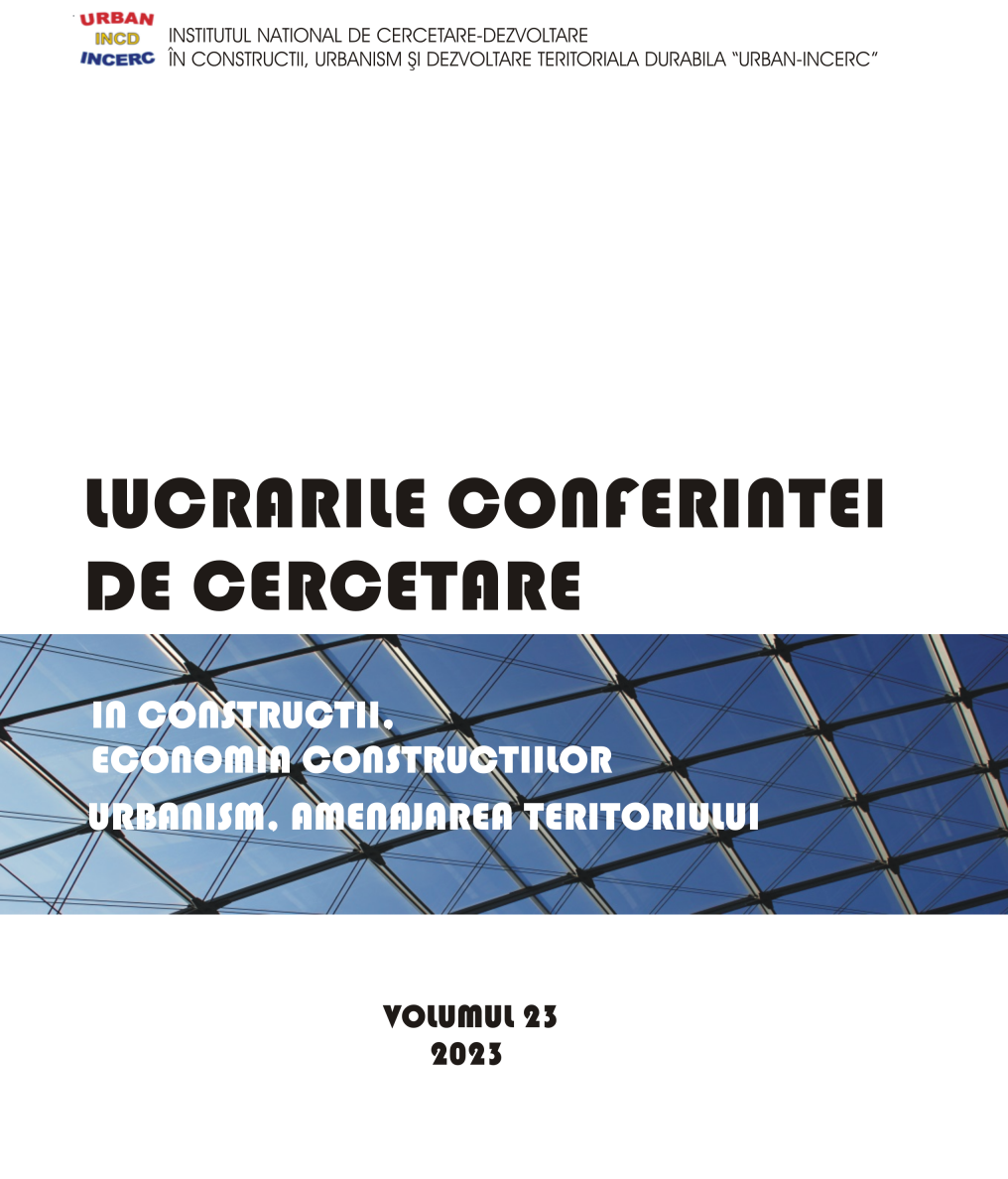
The Covid-19 pandemic has had a profound impact on cities around the world, transforming the way urban dwellers live, work, and interact with each other. As a result, the pandemic has also affected the identities of cities, or how urban areas are perceived by their residents and visitors. In this paper, we will explore the effects of the Covid-19 pandemic on urban identity, looking at how the pandemic has changed the way people relate to cities and how cities have adapted to the pandemic.
More...
Many Algerian cities, including Biskra, suffer from natural problems, especially those caused by heavy rainfalls due to climate change, which reaches its maximum for a long period, and causes severe damage in terms of human and material losses. This paper draws attention on how to deal with the adverse effects of rapid and sudden floods due to runoff in the city of Biskra by studying the green infrastructure as means that rely on preserving the hydrological cycle of water in the safe and effective stormwater management of urban areas and prove that there are opportunities for the application of green infrastructure solutions not only to solve social and economic problems, but also environmental ones. Stormwater management and flood control are among the solutions provided to avoid the negative effects of urban floods, especially in areas with fragile infrastructure.
More...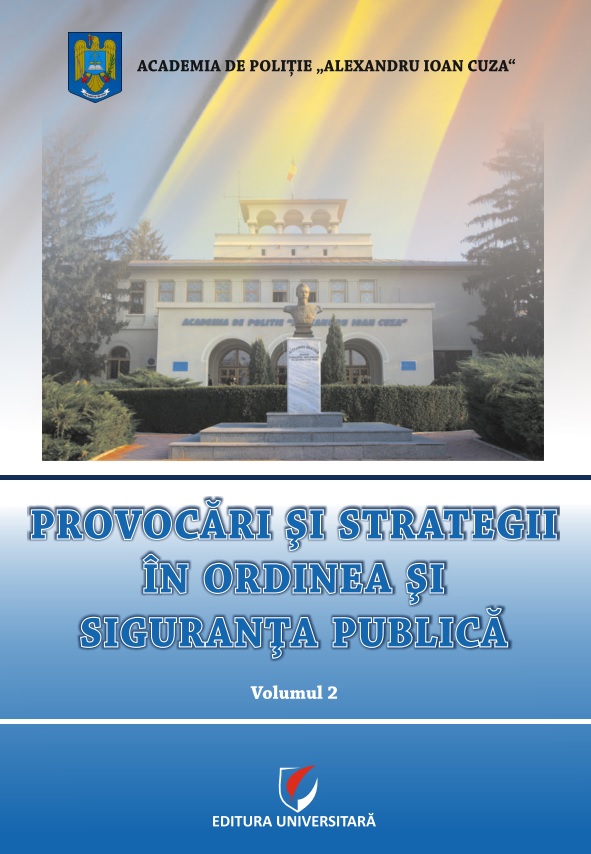
Researcher have used the microscale combustion calorimetry (MCC) in order to test thermal properties of common materials used in construction [such as the cardboard found in the componence of the plasterboard (PBD), expanded polystyrene (EPS) used for seiling decorations, wallpaper made of polyvinyl chloride (PVC) and wood particleboard (PB)] having masses between 3 and 20 milligrams. All four commercial materials have a long history in construction field with over 100 years of being used for design or insulation and they have different fire behaviours performances. The analysis were conducted under controled conditions which suppose a gradual increase of the temperature in the pyrolyzer with a heating speed equal to 1,5 ⁰C/s up to 750 ⁰C in a nitrogen atmosphere at an 80 cm3/min flow and a constant temperature value in the combustion chamber equal to 900 ⁰C in a nitrogen (80 %) and oxygen (20 %) atmosphere at a 20 cm3/min flow.
More...
The paper analyses the main factors that cause fires in vehicles. The paper also aims to present two particular cases in which fires in ambulances had unusual causes. The analysis of common causes of vehicle fires and unusual causes will highlight a number of relevant conclusions regarding the circumstances of vehicle fires and a number of measures to be taken to reduce the risk of vehicle fires.
More...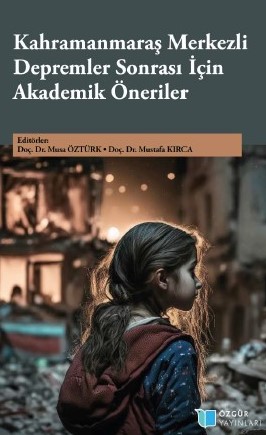
While we were preparing to celebrate the 100th anniversary of our Republic with enthusiasm, millions of our people were devastated, hundreds of thousands of our citizens were injured and more than fifty thousand people lost their lives due to the earthquakes that occurred on 06 February 2023, centred in Kahramanmaraş. With the destruction caused by earthquakes and aftershocks, the trauma caused by them and the insufficient facilities, countless kinds of victimisation were experienced simultaneously, while those trapped under the rubble tried to hold on to life, those who remained outside had to struggle with inadequate facilities and poor climatic conditions. In this disaster, which is one of the biggest disasters in the history of humanity, our people, who acted selflessly with the Anatolian consciousness, worked hard to deliver all the means they could to their brothers and sisters and demonstrated a spirit of solidarity that will set an example for the whole world. Our citizens, non-governmental organisations, relevant units of our state and international organisations have attempted to organise aid in areas such as food, clothing and shelter while engaging in search and rescue activities. In this process, although the magnitude of the earthquakes, the frequency of aftershocks, the large number of destroyed independent sections and the unfavourable climatic conditions have been taken into account, it has become clear that the aid should be better planned and organised more effectively. This book is the result of academicians coming together to meet this need and putting forward their knowledge in their fields of expertise in a way to shed light on the question of "What can be done". It includes scientific studies and policy recommendations in terms of social, economic, psychological, technical and health.
More...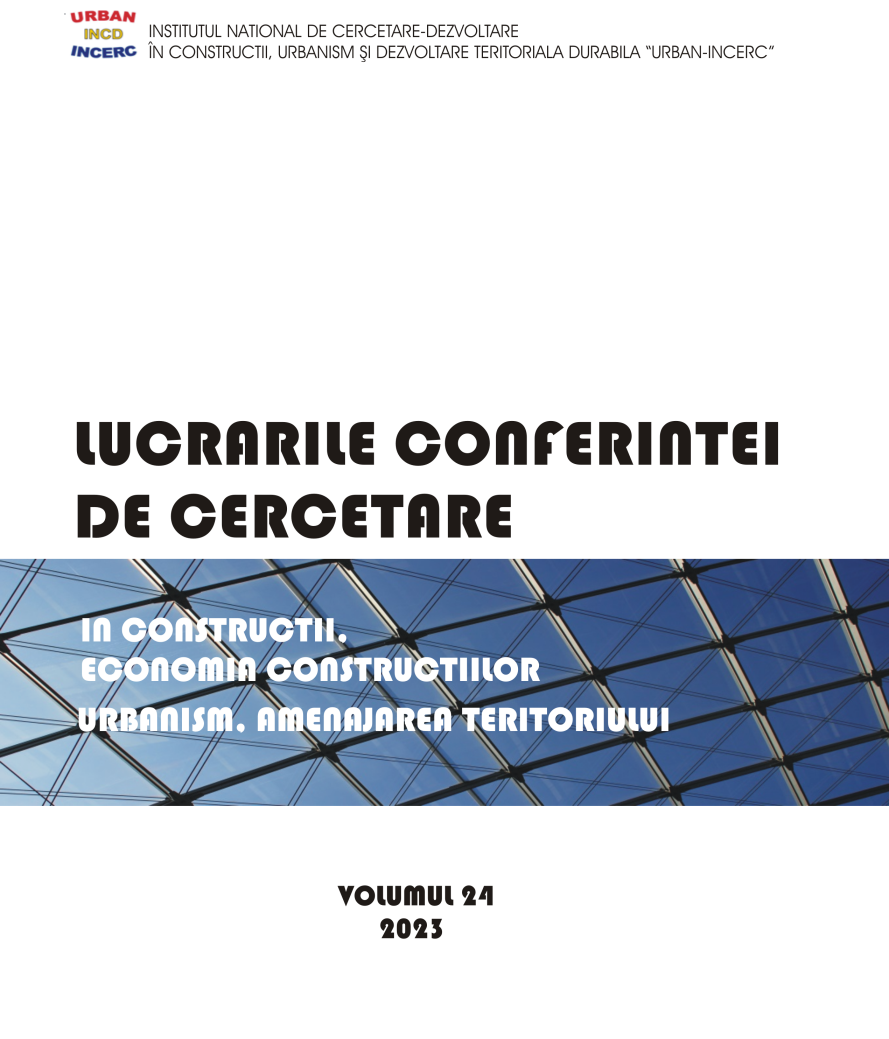
Includes full papers presented in the research conference on constructions, economy of constructions, architecture, urbanism and territorial development.
More...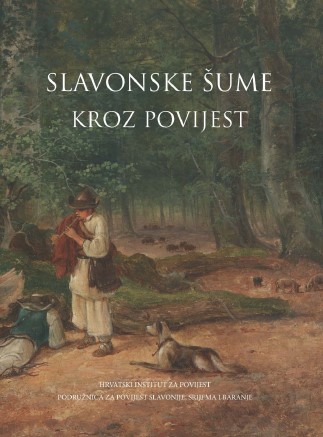
Forests represent one of the greatest natural assets of Croatia. In terms of preservation and quality, Slavonian forests of pedunculate oak are particularly renowned today. Slavonian pedunculate oak gained its worldwide fame in the mid-19th century, especially celebrated at that time as an excellent material for barrel staves in France. Since then, the timber industry has become an important element of the Slavonian economy, and its influence is visible in all segments of society. However, Slavonian forests have a much longer history. They are long-lasting structures that have conditioned human life in Slavonia in various ways. Likewise, throughout history, humans have continuously interacted with Slavonian forests through numerous interventions and daily practices related to the forests.
More...